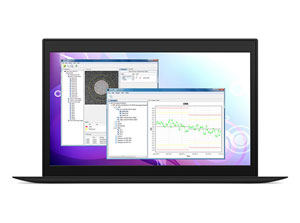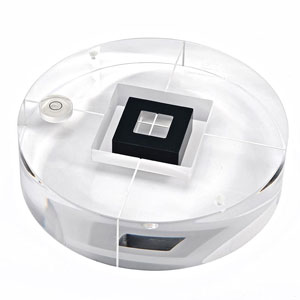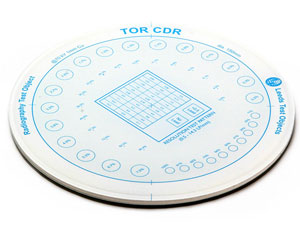AutoPIA

AutoPIA (Automatic Phantom Image Analysis) is a software for automatic recognition and analysis of test images of objects (phantoms) used to evaluate image quality. AutoPIA is able to quickly provide reproducible and objective quality indices for routine quality control processes aimed at optimizing the performance of an X-ray system.
AutoPIA automatically analyses a given digital image and quickly calculates objective, reliable, and reproducible indices to evaluate the performance of a radiological equipment. Then it stores the analysis results and provides control charts with baseline and threshold values in order to keep track of quality trends and abnormal conditions.
AutoPIA is currently able to recognize and analyze the following phantoms:
- Contrast threshold
TO 10/12
TO 16 / 20 - Dental
CBCT-161 - Fluoroscopy
TOR 18FG - Mammography
TOR MAM
TOR MAS
TOR MAX
DMAM2
DMAM2 Gold
PIXMAM 300×240
PIXMAM 250D - Radiography (CR and DR)
TOR CDR
PIX 13
A 20 day demo licence for AutoPIA can be downloaded from the AutoPIA downloads page.




